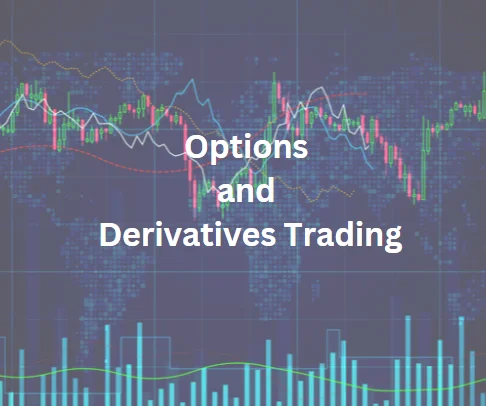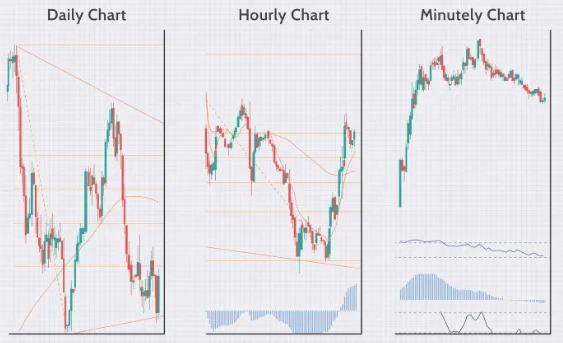
It’s critical to comprehend the major actors in the dynamic trading environment who maintain the security and dependability of trading systems. The positions of Chartered Engineer (CE) and Professional Engineer (PE) are important in this field. Even though they are both authorities in their domains, there are important distinctions between them that could have a significant effect on the trading sector. In-depth discussion of the differences between a PE and a CE in trading will be provided in this article, along with information on their responsibilities, credentials, and contributions to this dynamic industry.
Role of a Professional Engineer (PE) in Trading
An essential function of a Professional Engineer (PE) in the trading sector is to design, develop, and maintain trading systems and infrastructure. PEs are in charge of making sure these systems operate smoothly and effectively while abiding by legal and industry requirements. They are at the vanguard of innovation, developing the newest innovations in technology to improve trading capabilities.
Qualifications of a Professional Engineer
In the trading industry, one must fulfill rigorous educational and professional requirements in order to become a PE. These usually consist of:
- An engineering bachelor’s degree or a closely related degree.
- Work experience that is relevant, usually accumulating four years or more.
- Having passed the Fundamentals of Engineering (FE) test.
- Obtaining the Principles and Practice of Engineering (PE) exam score in order to obtain a Professional Engineer (PE) license.
Role of a Chartered Engineer (CE) in Trading
A chartered engineer (CE), on the other hand, offers a special set of abilities and knowledge to the trading sector. CEs are in charge of assessing how trading activities will affect safety, the environment, and ethics. They guarantee that trading procedures adhere to industry rules and conduct codes.
Qualifications of a Chartered Engineer
In the trading industry, becoming a CE requires a demanding process:
- An engineering master’s or bachelor’s degree that has been accredited.
- Appropriate work experience.
- Enrollment in a reputable engineering school.
- Completing a professional review interview successfully, exhibiting knowledge of ethics and competence.
Distinctions Between a PE and a CE in Trading
Let’s now examine the main distinctions between a PE and a CE in the trading context:
Focus Area
- PE: PEs focus mainly on the technical elements of trading, including the creation and upkeep of trading systems.
- CE: CEs view trading practices from a wider angle, taking ethical and environmental factors into account.
Licensing
- PE: After demonstrating their technical proficiency by passing the Principles and Practice of Engineering (PE) exam, PEs are granted licenses.
- CE: Professional engineering organizations certify CEs, attesting to their ethical and environmental expertise.
Regulatory Compliance
- PE: guarantees that trading systems adhere to technical requirements and industry standards.
- CE: focuses on making sure that trading practices follow codes of conduct and ethical and environmental standards.
Responsibilities
- PE: In charge of the trading systems’ functionality and technical design.
- CE: Concentrates on how trading activities affect the environment and ethics.
Collaborative Efforts
Even though PEs and CEs play different roles, they frequently work together to establish a complete trading environment. Their combined experience guarantees trading systems that are not only environmentally friendly and morally sound, but also technically sound.
Conclusion
Professional Engineers (PEs) and Chartered Engineers (CEs) are essential in the trading world. Technical expertise is what PEs bring, but environmental and ethical consciousness is what CEs bring. Their partnership guarantees that the trading sector prospers in terms of technological innovation as well as upholding moral and environmental norms. A comprehensive understanding of the inner workings of trading necessitates an understanding of the distinctions and interactions between these two roles.
FOR MORE INFO CLICK THIS SITE:https://learningsharks.in/
FOLLOW OUR PAGE:https://www.instagram.com/learningsharks/?hl=en













